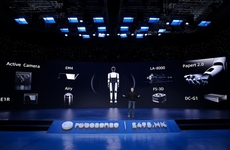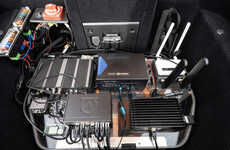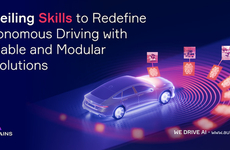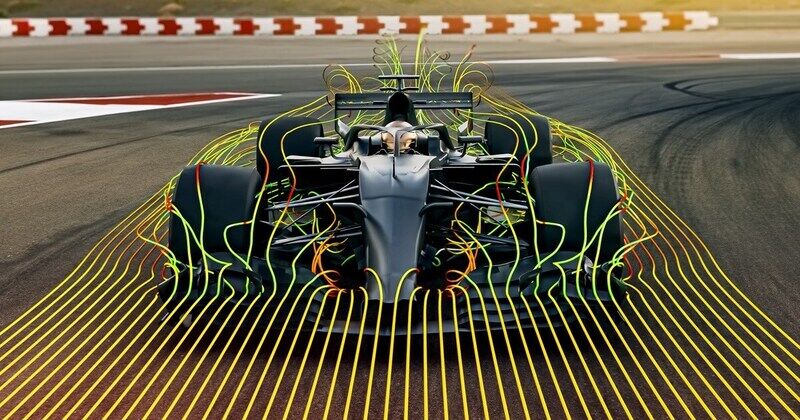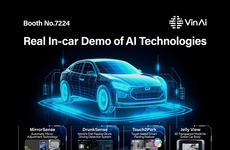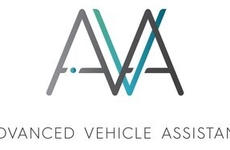
Ansys Aims to Transform the Automotive Industry
References: ces.vporoom
Ansys is offering a detailed glimpse into its cutting-edge simulation technologies at CES 2025. By providing tools that enhance vehicle safety, design efficiency, and performance, Ansys addresses critical challenges in next-generation mobility.
To achieve its goals, Ansys deploys AI-powered platforms, digital twins, and streamlined workflows that help manufacturers create safer, smarter, and more sustainable vehicles while reducing development time and costs. One of the standout features is Ansys' focus on software-defined vehicles and their integration of simulation tools for real-time validation. At CES 2025, Ansys' cutting-edge simulation technologies span from tools for electromobility to Advanced Driver Assistance Systems.
By fostering advancements that bring sophisticated automotive features to market faster and more reliably, Ansys contributes to the creation of vehicles that are safer, smarter, and more adaptable to changing needs.
Image Credit: Ansys
To achieve its goals, Ansys deploys AI-powered platforms, digital twins, and streamlined workflows that help manufacturers create safer, smarter, and more sustainable vehicles while reducing development time and costs. One of the standout features is Ansys' focus on software-defined vehicles and their integration of simulation tools for real-time validation. At CES 2025, Ansys' cutting-edge simulation technologies span from tools for electromobility to Advanced Driver Assistance Systems.
By fostering advancements that bring sophisticated automotive features to market faster and more reliably, Ansys contributes to the creation of vehicles that are safer, smarter, and more adaptable to changing needs.
Image Credit: Ansys
Trend Themes
1. AI-powered Simulation - AI-driven simulation technologies are disrupting traditional automotive development by enabling real-time validation and optimization.
2. Software-defined Vehicles - Vehicles increasingly rely on software-driven architectures, opening up new possibilities for customization and innovation in vehicle functionality.
3. Digital Twin Integration - Integrating digital twin technology allows manufacturers to test and refine automotive designs with increased precision and reduced iteration times.
Industry Implications
1. Electromobility - Electromobility is being revolutionized by cutting-edge simulations that enhance design efficiency and reduce time-to-market for electric vehicles.
2. Driver Assistance Systems - Advanced driver assistance systems are undergoing significant innovation through simulation technologies that improve safety and reliability.
3. Sustainable Manufacturing - The push towards sustainable manufacturing is bolstered by simulation tools that minimize resource usage and environmental impact in vehicle production.
9.1
Score
Popularity
Activity
Freshness

